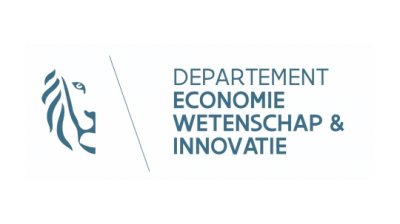a’tract architecture
Circular design
.jpg)
Brief description of services
Oil is not the only finite raw material; we cannot simply let building materials go to waste. Careful design is therefore already essential: material streams have to be seen as loops, and they have to be closed intelligently. That means reusing buildings, components or elements, instead of grinding these down into a secondary raw material.
Why is the product or service circular?
In our recent and very specific architecture projects, we’ve conducted a lot of exploratory and design research into the possibilities of circular construction. We encounter both barriers and stepping stones. We don't want to keep this knowledge to ourselves, we want to share it. Sharing is caring!
Which circular strategies are applied?
- Reduce total amount of materials: • Dematerialisation: the most ecological material is the one you don't need; consider the building materials as the finishing where possible • Lightness: this design tool is one of the most important tools
- Reduce amount of virgin inputs: Replacing concrete and steel with wood: the range of engineered wood products has expanded enormously. Besides, cement is responsible for 5% of all global CO2 emissions.
- Extend the useful life: Hyperflexibility as a design tool: being able to give the building a 2nd and 3rd life by strictly separating the robust support from the flexible installation.
- Maximise the reusability of a product or component: Services instead of products, and renting instead of buying. We’ve seen some cautious steps in the right direction, but it remains an exciting challenge.
- Maximise the reusability or recyclability of materials: Use installation methods that make it easier to disassemble products, such as unattached roof and floor finishing materials, etc.
What are the benefits for purchasers?
- Higher value of the building at the end of its lifespan
- A building can be used more flexibly, and its layout changed during its lifespan
- Staying up-to-date with rapidly changing technology remains possible during the lifespan
- Relief of all concerns when opting for service instead of product
a’tract architecture
Sectors Construction
Ambitions


















